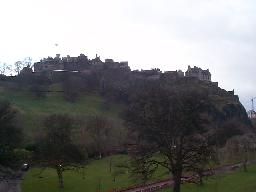
 |
Our first look at Edinburgh Castle. |
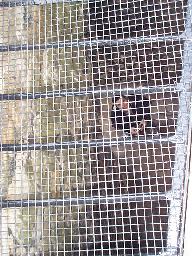 |
Looking down at Chris through a grating. |
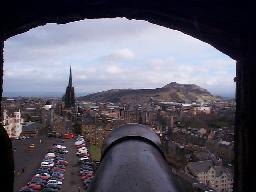 |
Looking out one of the gun emplacements, down the Royal Mile. |
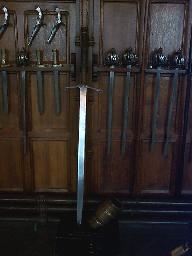 |
Big sword. |
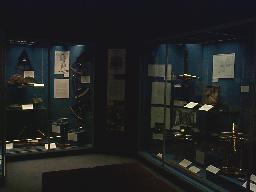 |
The Instruments of Science (or at least a few of them). |
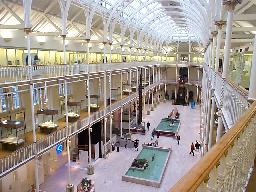 |
The entrance gallery of the museum. |
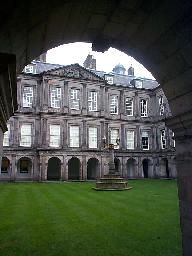 |
Through an archway at Holyrood House. |